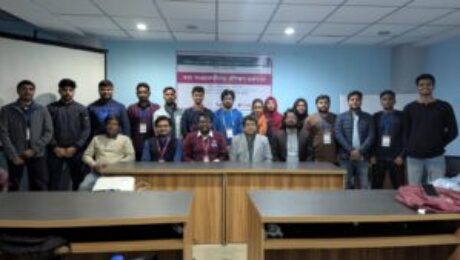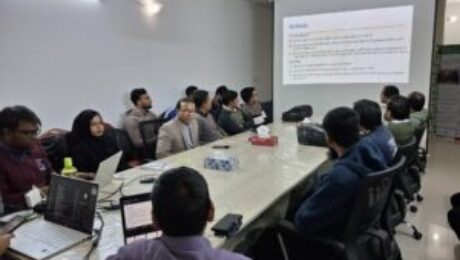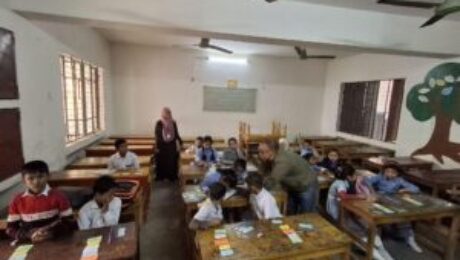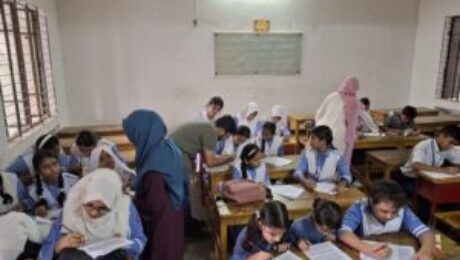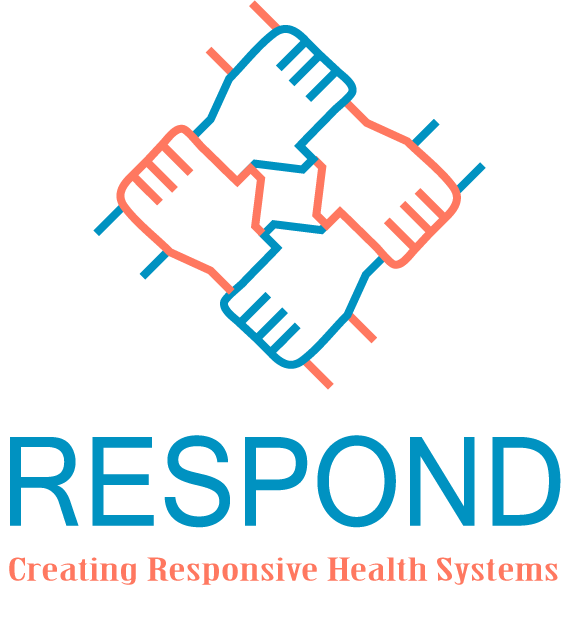Bangladesh’s improving economy offers potential for increased health funding, yet public health investment remains low, with high out-of-pocket (OOP) expenses and per capita spending (USD 42) well below WHO’s recommended USD 88. While progress has been made in maternal health, immunization, and managing non-communicable diseases through primary and secondary care facilities, critical indicators like infant
- Published in Health Systems, Our Work
No Comments
Despite Bangladesh’s improving economic outlook, public investment in health remains low, with high Out-of-Pocket (OOP) expenses and per capita spending (USD 42) falling short of WHO recommendations. Although some health indicators are progressing, issues like neonatal mortality and malnutrition persist, highlighting the need for increased government funding. However, challenges around fund absorption, efficiency, and accountability
- Published in Health Systems, Our Work
Urbanization is a prevailing global phenomenon, resulting in pronounced disparities in resource allocation and health outcomes within urban areas, notably in South Asia. The role of media in shaping policy agendas remains understudied, particularly regarding its impact on urban health policy formulation. Our study seeks to explore the interplay between media coverage, research evidence, and
- Published in Health Systems, Our Work
Different types of tools have been developed to measure health status of adults around the world which are widely used in developing and developed countries and they are playing an important in improving the quality of health services. EQ-5D-3L and 5L are such kind of health related data collection tools simple questions which have been
- Published in Health Systems, Our Work
We are studying the quality of life in children and adolescents to help improve healthcare decisions. To do this, we use a simple tool called EuroQoL, which measures health. There is a special version of this tool for children, called EQ-5D-Y, and a Bangla version of the 3-level tool is being tested in Bangladesh. In
- Published in Health Systems, Our Work
Currently, various questionnaires/tools have been developed to measure and assess the health status of children and adolescents around the world, which are used to improve the quality of healthcare in developed and developing countries. The EQ-5D is a simple and common questionnaire that is widely used to measure the health of adults in developed and
- Published in Health Systems, Our Work
Urban Anchal is a study looking at sustainable day-care for 1-4 year olds in disadvantaged urban communities in Dhaka, Bangladesh It aims to address the lack of safe, stimulating and health-promoting environments for adequate early childhood development (ECD). Urban slums provide a challenging environment for child health. With slum-dwelling women working long hours and
- Published in Health Systems, Our Work
Background The Hajj is a massive pilgrimage that occurs once a year, involving two to three million individuals from more than 180 countries. Every year, around 120,000 pilgrims from Bangladesh perform the Hajj. One of the top causes of hospitalisation during the Hajj is acute asthma and its complications. One in five pilgrims with previously
- Published in Health Systems, Our Work
Creating responsive health systems: improving the use of feedback from service users in quality assurance and human resource management in Bangladesh. is a project that aims to assist policymakers in designing a comprehensive health-systems intervention to make Bangladesh’s health system more responsive. It will do so through assessing the current system of collecting, and
- Published in Health Systems, Our Work
The main objective of this World Health Organization (WHO) funded project was to identify the barriers and facilitators of physical activities to reach Global Action Plan on the prevention of NCDs in Bangladesh. The situation analysis also attempted to provide an overall view of the current scenario regarding the presence of physical activity as a
- Published in Health Systems, Our Work
- 1
- 2

